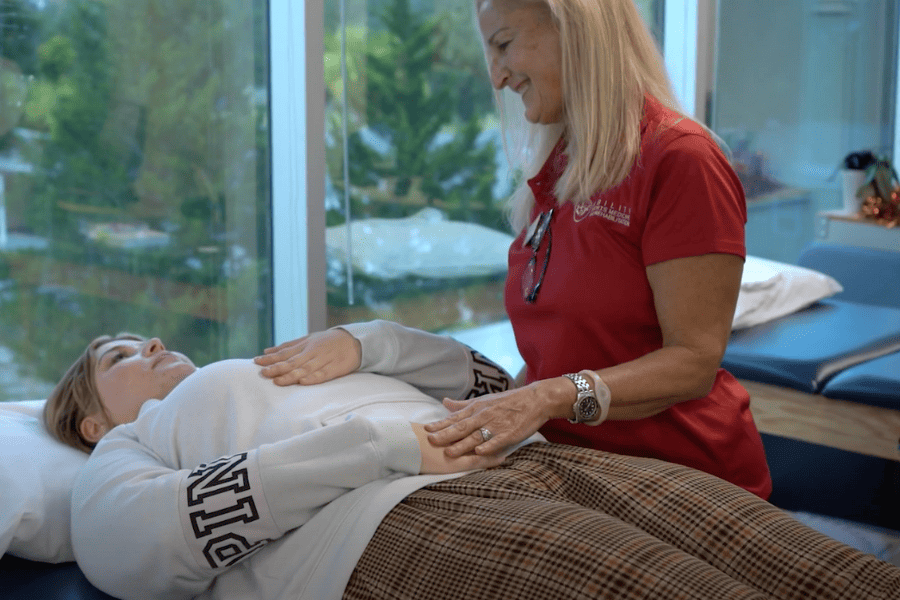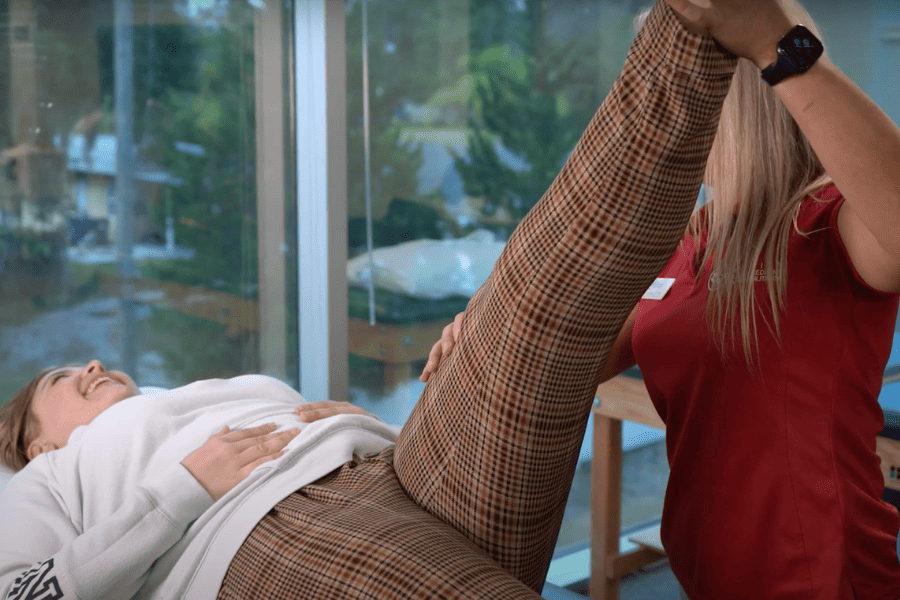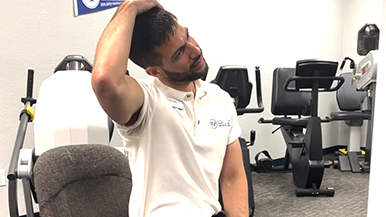
- Understanding Pelvic Pain
- The Role of Physical Therapy
- Treatment Approaches
- The Benefits of Physical Therapy for Pelvic Pain
- Taking Steps to Alleviate Pelvic Pain
Pelvic pain is a complex and often debilitating condition that affects millions of people, regardless of age or gender. It can arise from various sources, such as musculoskeletal issues, nerve entrapment, inflammation, or pelvic floor dysfunction.
Finding effective treatment options for individuals suffering from pelvic pain can be challenging. Fortunately, physical therapy has emerged as a promising and non-invasive approach to alleviating pelvic pain symptoms and improving overall quality of life.
In this blog post, we will discuss the potential of physical therapy in treating pelvic pain and its role in empowering individuals on their journey toward pain relief and recovery.
Understanding Pelvic Pain
Pelvic pain is discomfort experienced in the lower abdomen, pelvic region, or perineum. It can be acute or chronic, intermittent or constant, and may be accompanied by other symptoms, including urinary or bowel dysfunction, sexual dysfunction, and psychological distress.
This pelvic pain can significantly impact daily activities, mobility, relationships, and emotional well-being, emphasizing the need for effective treatment options.
The Role of Physical Therapy

Physical therapy has long been recognized as a valuable intervention for musculoskeletal conditions, but its potential to address pelvic pain has gained traction in recent years. Pelvic physical therapy, like that offered by Ability Rehabilitation, is also known as pelvic floor rehabilitation or pelvic health physical therapy and involves the evaluation and treatment of musculoskeletal and neuromuscular impairments that contribute to pelvic pain.
Sandi Smith, PT, and Ashley Kiely, PT, are skilled pelvic health therapists and part of the Pelvic Physical Therapy Program with Ability Rehabilitation. They will assess the individual’s pelvic floor muscles, posture, movement patterns, and overall musculoskeletal function. Through a comprehensive evaluation, they can identify specific impairments and develop a personalized treatment plan tailored to the individual’s needs.
Treatment Approaches
Pelvic Floor Muscle Training: Pelvic floor muscles play a vital role in supporting the pelvic organs, controlling bowel and bladder function, and stabilizing the pelvis. Pelvic physical therapists employ biofeedback, manual therapy, and therapeutic exercises to improve pelvic floor muscle strength, coordination, and relaxation. These exercises restore balance, alleviate muscle tension, and reduce pain.
Manual Therapy: Pelvic physical therapists may use manual therapy techniques, such as myofascial release, joint mobilization, and soft tissue manipulation, to address musculoskeletal restrictions, release tension, and improve mobility. Manual therapy can help reduce pain and improve overall function by addressing tightness and dysfunction in surrounding structures.
Education and Behavioral Strategies: Pelvic physical therapists provide education on anatomy, body mechanics, and postural awareness to promote optimal pelvic health. They may also teach relaxation techniques, breathing exercises, and strategies to manage pain and stress. Empowering individuals with knowledge and a self-management approach is essential to pelvic pain treatment.
Biofeedback and Electrical Stimulation: These modalities can assist in assessing and retraining pelvic floor muscle function. Biofeedback provides real-time feedback on muscle activity, helping individuals develop awareness and control over their pelvic floor muscles. Electrical stimulation uses low-level electrical currents to stimulate the muscles, aiding in muscle reeducation and pain reduction.
Find out more about Pelvic Therapy, including what to expect on your first visit.
The Benefits of Physical Therapy for Pelvic Pain
Physical therapy offers several potential benefits for individuals experiencing pelvic pain:
Pain Reduction: Targeted interventions can help alleviate pelvic pain by addressing the underlying musculoskeletal imbalances and improving pelvic floor muscle function.
Improved Function: Physical therapy can enhance pelvic stability, restore standard movement patterns, and improve overall musculoskeletal function, allowing individuals to engage in daily activities with greater ease and confidence.
Enhanced Quality of Life: By reducing pain, improving physical function, and addressing associated symptoms, physical therapy can significantly enhance an individual’s quality of life and overall well-being. Engaging in social activities, exercising, and pursuing personal goals without the burden of pelvic pain can contribute to a greater sense of well-being and mental health.
Avoidance of Invasive Procedures: Physical therapy offers a non-invasive alternative to surgical interventions or reliance on medication for managing pelvic pain. By addressing the underlying causes of pain through targeted exercises and manual techniques, individuals may be able to avoid more invasive treatments.
Individualized Approach: Each individual’s pelvic pain experience is unique, and physical therapy recognizes the importance of personalized care. A skilled pelvic physical therapist considers the individual’s needs, symptoms, and goals, tailoring the treatment plan accordingly. This individualized approach maximizes the effectiveness of therapy and increases the likelihood of successful outcomes.
Long-Term Management: Physical therapy equips individuals with the tools and knowledge to manage their pelvic pain long-term. By learning self-care techniques, implementing proper body mechanics, and practicing exercises at home, individuals can maintain pelvic health and prevent future recurrences of pain.
Taking Steps to Alleviate Pelvic Pain
 Pelvic pain can significantly impact an individual’s quality of life, but physical therapy offers hope for those seeking relief. Through a comprehensive evaluation and personalized treatment plan, our pelvic physical therapists address the musculoskeletal and neuromuscular components contributing to pelvic pain. Physical therapy can alleviate pain, restore function, and enhance overall well-being by improving pelvic floor muscle function, reducing muscle tension, and promoting optimal movement patterns.
Pelvic pain can significantly impact an individual’s quality of life, but physical therapy offers hope for those seeking relief. Through a comprehensive evaluation and personalized treatment plan, our pelvic physical therapists address the musculoskeletal and neuromuscular components contributing to pelvic pain. Physical therapy can alleviate pain, restore function, and enhance overall well-being by improving pelvic floor muscle function, reducing muscle tension, and promoting optimal movement patterns.
If you are experiencing pelvic pain, consider an appointment with a qualified pelvic physical therapist at Ability Rehabilitation. They can provide a thorough evaluation, develop an individualized treatment plan, and guide you toward pain relief and recovery. Remember, you don’t have to endure pelvic pain in silence—physical therapy may be the key to unlocking a life free from discomfort and limitations.



